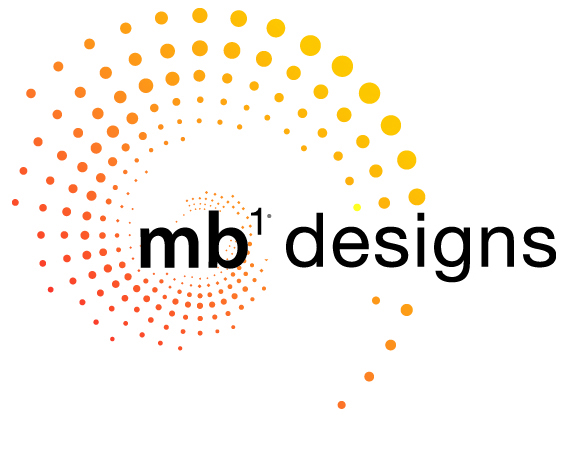Malgosia Benham
A multi-disciplined designer specialising in architectural lighting and visual design. Graduate of Central St Martin’s School of Art with over 20 years of industrial experience as a light artist and design consultant. Collaborates with architects on residential projects and works autonomously on public art commissions.
Design Approach
'I strive for the most effective solutions through simplicity and elegance. My design philosophy is to reveal architectural spaces through light and shadow in a subtle and sympathetic way. Each project starts with understanding the site; its historical elements, physical surroundings, cultural and social contexts and ultimately bringing back soul into a place whilst enhancing the everyday life environment’.
Inspiration
My inspiration comes from natural lighting effects on surfaces in the natural world. I take an organic and a poetic approach to lighting. The lighting draws upon direct and/or indirect references to the natural landscape and the architectural language. This is achieved through balance, contrasts, rhythm, colours, patterns, textures, forms, shadows and reflections. The effect evokes human emotions adding mystery and depth within the lighting scheme and revealing the unexpected with practical aesthetics.
Human centric lighting
I take into account the effects of light on human health, and the wider environment. Using biophillic design to assist us in living and working in more healthy spaces for mind, body and productivity. This is achieved through a lighting control system to set and adjust the time cycle for the intensity and colour temperature of the light with tunable white LEDs.
Creating the right atmosphere
Creating an environment that is uplifting and inspiring and at the same time being welcoming and relaxing. The lighting scheme should tell a story and be a guide through a journey that takes the client from one room to the other seamlessly. I take a holistic approach to the whole property and take into account the age of the property to respect any historical features. I avoid using a strong stylistic theme therefore creating a timeless design. I prefer to show the juxtaposition of old and new with clarity rather than mimicking a periodic lighting fixture.
Lighting where needed
I use a minimal amount of light with the highest functionality and effect. Non illuminated spaces are just as important in my lighting scheme. The visual play of light and shadow helps to emphasise any architectural and interior detail. The result is a delicate balance of light and dark used in a subtle and sympathetic way while providing functionality and comfort.
I prefer to remove excessive light, flat uniformity and cold temperature, instead creating a warm, comfortable and pleasant experience. The lighting scheme would consider each space independently, in close collaboration with the architect and the client.
Emphasising architectural and interior features
My philosophy is to use lighting as a tool for the architecture, rather than light for light’s sake. I’m very much about supporting the architectural and interior design objectives, coming up with a design that is simple but beautiful, measured and considered, but not making it into a statement in its own right.
Lighting emphasises the architectural form and is in constant dialogue with the building, telling a story. I use lighting to find the features that deserve to be highlighted and when to be lit.
Lighting integration
Finding every opportunity to integrate light through using concealed fixtures while avoiding conventional luminaires. This approach results in a space where lighting feels like an integral part of the design, that they feel they belong there and they are a key aspect of the intended ambience, not an afterthought.
Glare-free lighting
Directional adjustable spotlights will also accent downwards or can be directed to specific areas, fitted with low glare optics and glare shields, these will provide direct ambient for highlighting certain features and provide sufficient light to the client at an optimum direction to minimise glare and to keep visual clarity.
Outdoor spaces
Consideration for lighting outside spaces are given to existing ecologies and the dimly illuminated content whilst enhancing the beauty of nature and the landscape. Lighting in moderation and subtle external lighting is always at the focus. I would normally identify key points and landmarks to provide orientation cues for a simple wayfinding strategy.
Maintenance & operability
The predominant lighting technology will be LED, because of its longevity, controllability, heat properties and efficient energy use. The use of lighting control will further reduce energy consumption. Careful consideration is taken in the design of lighting systems regarding servicing of the fixtures, easy access to the drivers and replacement of bulbs.

